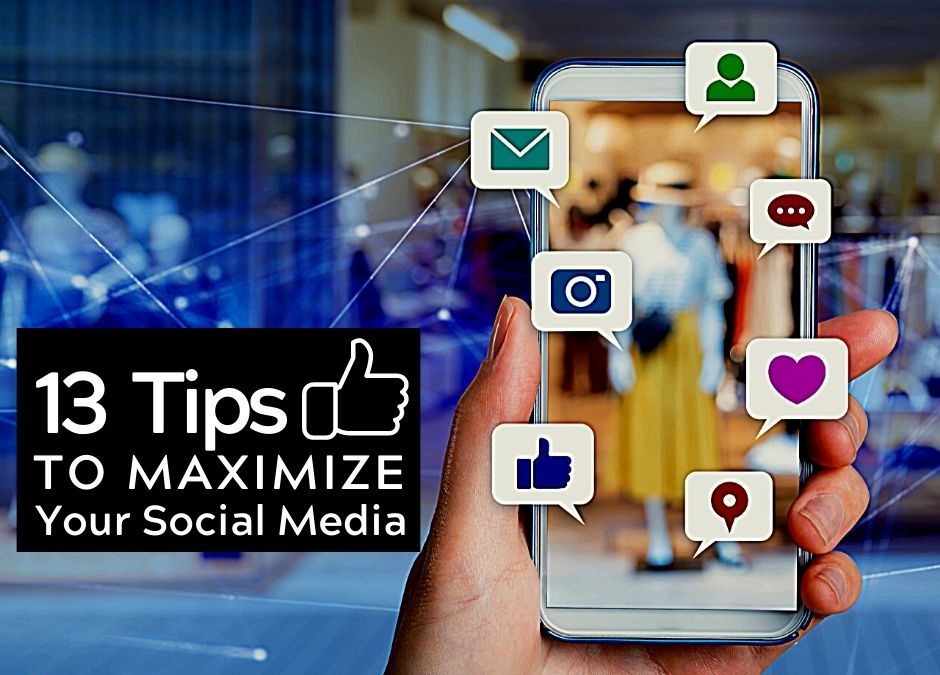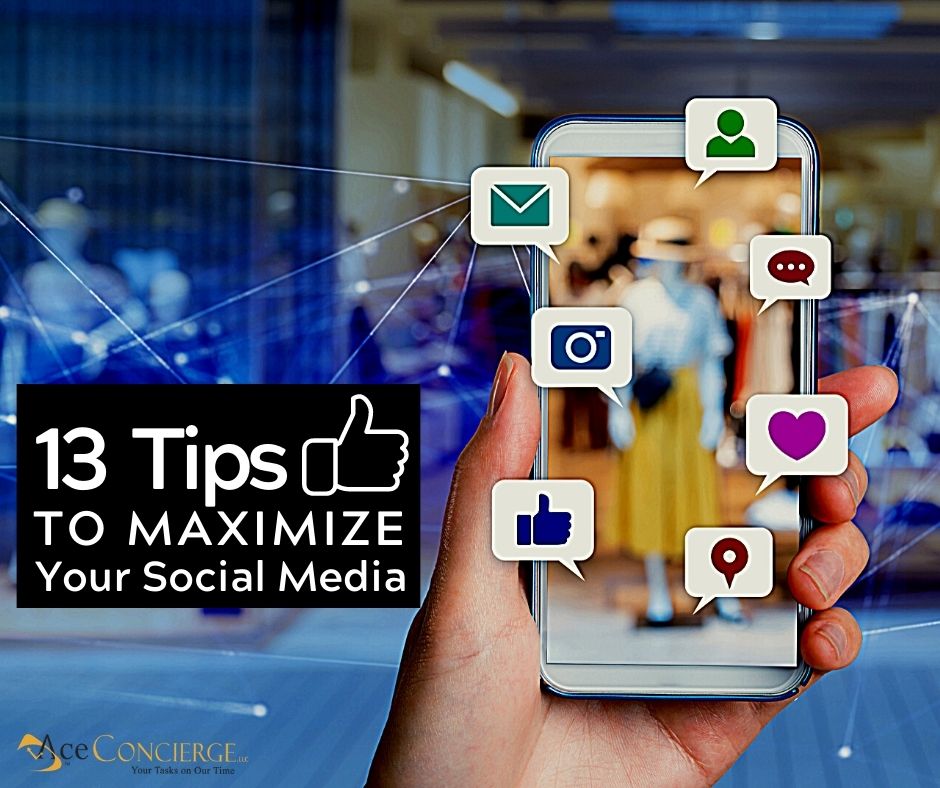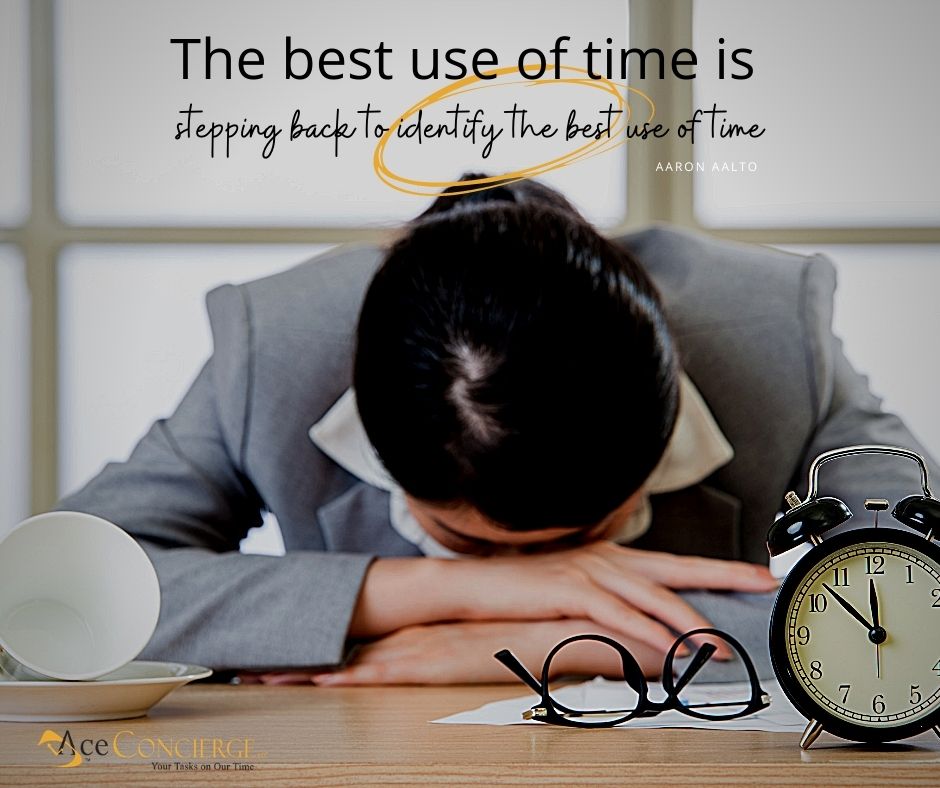
by Ace Concierge | Virtual Assistant | Mar 28, 2017 | Entrepreneur, Goals, Productivity

If you’re like me, you probably start your day with a morning routine. Routines help build positive habits, support priorities, create structure, amplify your time, and increase your productivity. Plus, you have the opportunity to set the mojo for the day.
Probably the most important period of your day is when you first wake up. Your morning routine can set you up for massive success the whole day. Matthew Toren
These are essential productivity components whether you operate your own business, support others with theirs, have a career, a family, or even a guinea pig. A morning routine will help you kick ass all day long. Stuff needs to get done. Put away. Managed. Started. Finished. There’s plenty of verbs for all of this but you get the idea!! That being said, do all of your typical morning routines strengthen daily positive productive habits? Sometimes, not so much. You may hit snooze (several hundred times), get sucked into social media, the abyss of checking your inbox, the dreaded remote control, or perhaps even a tempting starchy bagel. Truthfully, I’m not sure which is worse but either way, most are not only a distracting waste of time but studies say these types of morning activities are not the most prolific, thought-provoking methods to ACTIVATE your day. First off, set your intentions. Goals. Priorities. If you don’t have any direction, how will you direct your day? A plan is key to reducing chaos, eliminating overwhelm, being on time, and getting more done. It’s that simple. It doesn’t matter whether you go old school with a pen and paper or more digital with a Google Doc, an app, or some other online tool/platform that you will COMMIT to. This is nothing new. You’ve read it before but maybe now you’d like to SPRING into action. It is March. So March on to the new you.
Break it down and simplify your priorities:
Personal & Business
- Think about what you value most
- What will your morning routine look like to you?
- How do you best start your day?
- What invigorates you – inspires you to be your best/do your best?
- What NEW habits should you bring into your life?
- What old habits should you kiss goodbye?
- What/who should you make more time for?
Healthy routines impart a healthy mind, body, and spirit. A whole healthy you generates a more vibrant and industrious day. [GREAT GOAL] Think of your morning routine as the tool to achieve optimal workday performance. Fuel and nourish your race car if, and only if, you want to win.
Morning Routine Key Principles
- Prepare: design your motivational morning routine
- Time block: actually block off time for specific tasks and HOLD to it. Example: 5-6:30 am gym
- Boycott technology: tune out and turn off distractions and notifications. Facebook, Twitter, and other social posts will still be there after your “self-deposits”
- TIP: Leave your Smartphone on the other side of the room. Don’t grab for it unless you’re turning off the alarm to jump out of bed. [DIGITAL DETOX]
- Be present – in THIS moment Multi-tasking is not allowed
- Self-nourishment: If you sacrifice your health and wellness, there is no business. YOU are a priority. Do it for yourself, friends, family, loved ones, and your company
- Food: science-based evidence clearly demonstrates that foods are medicine. Give your body what it needs to support and power your day
- Meditation: focus, quiet the mind, practice being present and mind FULL
- Exercise: being fit isn’t a fad. It keeps you healthier, reduces or eliminates pain, enhances your life, keeps you younger, strengthens your heart and lungs, battles disease and helps to sustain mobility….. just to name a few benefits
- Goals: write them down!! Keep your goals/plan visible. Be accountable and share it with your friends and family. Your dog might have an interest too
- Action: take daily actions to get you closer to your goals
- Ask yourself: does “this” support my vision?
- Will it help me be better or do better?
- Is it growth-oriented?
Sound off: How does your morning routine IGNITE your day?

by Ace Concierge | Virtual Assistant | Jan 31, 2017 | Delegation, Entrepreneur, Guest Blogger, Productivity, Small Business

“Delegate, but don’t abdicate.” “Delegating takes more time than doing it myself. ”
Delegating – or outsourcing if you are self-employed: yes, it’s difficult and yes, it is so worth your time to learn how to do it well. It is a skill, not something any one of us is innately good at, so I suggest you begin with low risk practice first.
What do you get in return?
- Attention to your bigger goals you’re wanting to spend time but just can’t seem to create.
- A team. Better, clearer communications.
- Accountability practice. And practice at leaning into difficult conversations when you need to have them.
With nearly 20 years of corporate experience, in addition to being a small business owner, I can confidently suggest the following exercise to begin your road to successful delegation and growth. Especially if you’ve never delegated before and are feeling a little apprehensive, this is a fascinating skill because of how much you learn about other people and yourself.

#1 Start Small. Low Risk. Get Some Practice.
Choose a low risk, small task and delegate or outsource it. I hired a company to work with me on one edition of my newsletter. Eventually, I outsourced my website and more because their work, flexibility and ability to hold me accountable worked well for me. Had the newsletter not been successful I could have returned to doing it myself.
Look at your “big goals” list. What do you not have time for that’s really pulling at you?
And then look at your day-to-day work: What project is: not getting done, needs skills you don’t have/aren’t great at, needs a partner to hold you accountable, is low risk (not financials) or is frustrating you and you’re stuck? There will be at least one, guaranteed.
Now back to the goals list: If you invested some time explaining what’s needed for your low risk project and if you could think of the delegating or outsourcing as an experiment, wouldn’t it be great to have time to work on that goal? What’s the risk? Keep it small enough that it’s hard for you not to do it.
 #2 Invest Time.
#2 Invest Time.
Create time on your calendar to explain and educate the person who will be handling this for you. If you don’t meet and create time to explain and educate, delegation will fail and it won’t be the other person’s fault. You’ll have done it to yourself. Get it right on the calendar, at least one to educate and one short time to check in. More if needed.
Pay attention to how well you two work together. If you’re being heard. Are solutions and proactive suggestions made? Is understanding present? Ask the person to explain back to you what he/she thinks you want.
And rather than framing this as “asking for help,” do this instead. Since “help” implies you don’t know how to do the task, yet you likely you do know, think “leverage.” What you are doing is even smarter: you are building a team so you can leverage your skills and time as well as your team’s. And that gets you closer to your goals, whether it is to work fewer days a week, have more travel money or time or anything else important to you.
Leverage, not help. Completely different mindset and way of operating here.
#3 Expectations. Get Clear. 
Start by discussing and being super clear in your expectations of WHAT needs to get done.
The goal, the end game, the results. Not the HOW, but the WHAT. [And if you’re working with people who need to know the context or the WHY, give them that, too. Can’t hurt.]
If you have any preferences which add value to the project, mention them, but be prepared to let them go if they are not critical. Double checking quality is critical. The process or tool may not be so much.
Let go of HOW the task is done. That’s what you’re delegating.
If something comes back to you and it’s quite wrong …. first look at or ask about the expectations you think you set.
I did say: this is not simple.
#4 Set Limits.
Consider ahead of time what your limits are and communicate these.
Examples:
- Please don’t spend over ‘x’ amount.
- Let me know how much you get done in 1 hour & let’s go from there.
- It’s important to me that you feel comfortable holding me accountable. Here is what would be great to have … and not.
- Let’s try this one piece. Come back to me and let’s check that together so I’m sure I’ve been clear. And you’re on the right track. If so, we can get lots more done like those.
If you don’t educate on what’s a deal breaker, then when someone spends too much, that’s on you.
Delegate = Leverage.
Delegation is a muscle that needs an attentive workout. The first few times you try delegating may not be as perfect as you envisioned because this does take practice. You didn’t learn to drive, or program, or market in one try. You practiced and got better as you did.
Delegating and outsourcing allow you to do what you know are so incredibly good at. And the work you delegate or outsource? It allows another person to do what he or she is really awesome at, so you both contribute. How good is that?

Guest Author

Sue West
Certified Organizer Coach®
Productivity & ADHD Coach
Certified Professional Organizer®
In Chronic Disorganization
Connect with Sue
Facebook
Twitter
LinkedIn
Website & Blog: www.CoachSueWest.com
Phone: 603.554.1948
Email: Sue@OrganizeNH.com

by Ace Concierge | Virtual Assistant | Aug 23, 2016 | Entrepreneur, Freelance Economy, Productivity, Small Business, Toolbox

If you want to talk about an explosion of proportions not seen since the Industrial Revolution, simply take a peek at the freelance economy.
Expansion of the freelance economy is growing at exponential rates evidenced by 53 million freelancers representing more than 33% of America’s labor force today. By the year 2020, this number is expected to grow by 50%. That is a significant amount of the workforce in a work-for-hire demographic poised to change business as we know it. While not all freelancers will be full-time independent contractors, they will be part of the fast gig group providing on-demand services from remote offices. These remote warriors may be found behind a desk, at a coffee shop, in a tree top or at the beach because the location simply doesn’t matter. The lifestyle does. Where else can you choose to wear pajamas, sweat pants or a power suit?
The draw here is that freelancers have the opportunity to maintain independence, generate income and enjoy a better work-life balance – all from the comfort of their own “office”. I’ve been in the business since 2002 and have never looked back.
Who Benefits from the Freelance Economy?
The rise of a freelance nation provides a multitude of lifestyle benefits, but it isn’t just advantageous for the worker. The employer and other business owners who “hire” the qualified contractors REDUCE overhead and expenses by NOT paying for benefits, office space, supplies, health/workers insurance, paid vacation/sick time, or training. It is an excellent opportunity to source high-level expertise, leverage costs, and hire for work on a project basis. Since most freelancers work on an hourly or fixed-rate billing system, employers eliminate the need to carry full-time employees through non-project time slots.
The real-time freelance statistics speak for themselves – a way of life has emerged that is changing the landscape of how business gets done.
Hiring independent professionals, virtual assistants included, of course, offers employers a workforce with an increased knowledge base, deep experience, and refined skill sets. Much like a veritable shopping cart full of tools, the mobile assets available and varied technological advances have set the stage for enhanced productivity without the confines of an office. Anyone can provide needed services without being hindered by geographical boundaries or by a lack of equipment. It’s pretty incredible to think about how far we’ve advanced over the last few decades, no longer being tethered to an office and a time clock.
The Freelance Economy: Business Tools for Success
Being fortunate to work remotely does require you to learn or become familiar with a variety of tools, platforms, and apps to maintain your autonomy and earn a living. It may seem like a challenge at first, but without them, business as usual can be incredibly difficult. I for one, am not ready to trade in my mobility for a desk because the lifestyle win over-rides the investment in personal development.
Let’s jump into some of the key tools that have contributed to my success, connected me with remote organizations, and given me the freedom I crave.
Project Management (PM): Operating a business takes dedication and organization. As a freelancer, you are building your personal business and the tools are the face of your brand.
Redbooth is my go-to program for PM. It streamlines all communications, tasks, projects, accountability, files, and timelines. Here’s an overview of their features. It is very user-friendly and simple to set up. Give it a try. I was NOT partial to Basecamp or Trello.
Communications: In my experience, I find it best to have some fallbacks to bring to the table, but more importantly, what technology is your client most comfortable using? Additional features of some of the tools below include secure SSL encryption, file transfers, group and private chats, easy screen sharing, and sync’d mobile capabilities.
I don’t have a preferred platform but I use Slack, Zoom, and of course good old-fashioned text, email, and phone.
Organization: Get your ducks in a row or you will be shaking those tail feathers pretty quickly. Showing the client how organized you are will build confidence and trust.
In addition to using Redbooth, I also like to employ the good graces of Google Drive and Dropbox for cloud storage and sharing documents with clients. Another extremely helpful tip (which came from a client) is to create Chrome user profiles with individual tabs and bookmarks. I cannot say enough about this Chrome feature. The separate profiles enable me to have each clients’ social accounts, Chrome extensions, industry-specific bookmarks, and profiles in their own browser space. This is one of my all time organizational favorites.
This last tool, If This Than That, is a free service of 347 channels with “recipes” to help optimize your business, your life, and your content. You create triggers “if this” happens “than that”, the action, pushes the data to your desired channel. For example, you can create recipes to:
- Push RSS feeds to Twitter, Facebook, LinkedIn or Buffer
- Receive a text message, email or phone call when a particular hashtag is posted
- Have Facebook or Instagram images sent to Dropbox
- Receive a text message if there is a forecast for rain
- Star a Gmail and have it delivered to Evernote
Being organized is a key tune-up for your productivity. If you are willy-nilly about filing, social media strategy, scheduling, or daily business operations, you waste valuable time and energy and you risk appearing unprofessional. Make it a habit to not only create your systems and processes but to use them consistently.
Every digital hero drives their business with a variety of tested tools to help ensure their entrepreneurial success and support of your business. I reached out to some well-respected pros in my network to help give you a broader scope of what they use, how and why.
 Cori Ramos, of Not Now Mom’s Busy, a multi-niche blog for women who wants to make money from home, blog like a boss and achieve work-life balance, uses three main tools on a daily basis: Hootsuite, Microsoft Outlook and Dropbox.
Cori Ramos, of Not Now Mom’s Busy, a multi-niche blog for women who wants to make money from home, blog like a boss and achieve work-life balance, uses three main tools on a daily basis: Hootsuite, Microsoft Outlook and Dropbox.
I’ve been using Hootsuite Pro for about three years now and I love it. I can access all my social media pages and I get suggested content to share with followers. Not only that but we can schedule posts in advance. This comes in handy when you want to promote your business or product. Sometimes I get caught up in other daily tasks that I forget to promote my blog and product. Now I take time one day (usually on Sunday) out of the week to schedule the days/times I want to promote my blog or eBook.
What can I say about Microsoft Outlook. I’ve had a love affair with it since 2000. Besides accessing my email, I use the calendar religiously to keep up with appointments and deadlines. And I can access other email accounts like Gmail on there as well.
I love the easy access I get with Dropbox. Since I’m on a laptop, desktop and mobile, Dropbox allows me to access files, docs and images from all three places.
And what’s even better is I can access these tools on my mobile phone. So even when I’m out and about, I can still receive emails, check my social media pages and access any document I need.
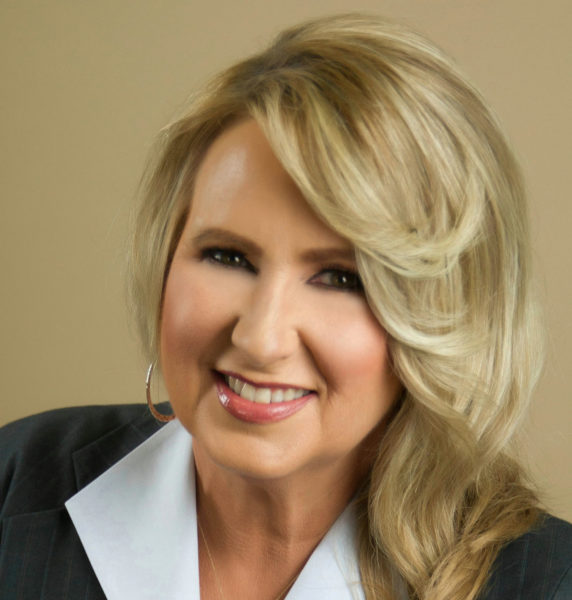 Jacqui Barrett-Poindexter, Chief Career Writer, Master Resume Writer & Storyteller of CareerTrend.net shares her 3 most favorite tools/program.
Jacqui Barrett-Poindexter, Chief Career Writer, Master Resume Writer & Storyteller of CareerTrend.net shares her 3 most favorite tools/program.
1. Desktop Task Timer: A free download that I use on my MacBook that I use daily to track ‘everything I do!
It’s simple, really. A tiny little tool in the corner of my screen where I track client projects, administrative, operational – including sales conversations – and other initiatives every single day, down to the minute.
This gives me a sense of how much of my energy is going to which ‘tasks.’ It also helps me to focus in. For example, if I am writing, and I want to ensure at least XX amount of hours on a certain project for the day – or for the week – I refer to this tool. I can also download results into Excel to calculate time spent over a period of months/year or more and use this for future planning.
2. Droid Turbo with Google/Gmail Interface. It allows me to keep in touch on-the-go without having my MacBook open or even with me (for shorter trips). I can email, review Word documents (where most of my projects are housed), check in on social media and so forth.
3. Evernote. I track blog post and other content development ideas here, as well as a plethora of other random ideas and insights and links, organizing them by topic.
 Michael Trow, President of Alderbest Solutions shares his insight, stating:
Michael Trow, President of Alderbest Solutions shares his insight, stating:
Although I run a business offering services related to technology, I’m not biased when I say that I don’t know how people can run businesses without embracing the powerful, and affordable, technology at our disposal today. What’s even more important is that technology is becoming interoperable, meaning that one tool is likely to be able to integrate with another providing many benefits to you, and the people associated to your business.
We wouldn’t be able to run on a daily basis without:
- A true Customer Relationship Management solution (Salesforce, Zoho CRM, Microsoft Dynamics etc.)
- A Landing Page Solution (Optimize Press, Lead Pages etc)
- An Email Marketing Service (MailChimp, Constant Contact, Zoho Campaigns)
- An Invoice/Accounting Solution (Zoho Books, QuickBooks, FreshBooks etc.)
- An Online Meeting Tool (Join.me, UberConference etc.)
We use Landing Pages to promote our content pieces, push the data of the people that ‘download’ to our Email Marketing Service which sends a series of automated emails and the email solution simultaneously pushes the data through to our CRM solution so that the prospect and opportunity can be managed from a sales perspective. For all sales we use the Account Solution to manage the Invoice and Payments.
The two biggest benefits of an ecosystem like this are that 1) we have visibility of all customer interactions and actions in one place (the CRM) 2) most actions are automated saving time and meaning we can manually interact with more people on daily basis.
 John Lusher, President of John Lusher Consulting and is Team Member and Partner in The Social Buzz Lab says:
John Lusher, President of John Lusher Consulting and is Team Member and Partner in The Social Buzz Lab says:
One of the main reasons I made the decision to go into business for myself was the freedom and flexibility to work how I wanted, and at the location that worked for me and my lifestyle. Working in marketing consulting and social media management has expanded the ability to accomplish this in my home office, while on the road or even in the middle of the ocean during a vacation cruise.
Some of my favorite tools include tools that help me to manage my schedule, team workflow and managing content distribution and tracking for my own social platforms as well as those for my clients.
Buffer provides a platform to curate and schedule content for multiple social platforms, including Facebook, Twitter, LinkedIn, Google +, Pinterest and Instagram. Buffer also provides the ability to bulk schedule posts as well as provides analytics on the performance of the posts on your social platforms.
Sprout Social offers the ability to schedule content as well as a streamlined method to replying to Tweets and Facebook comments or messages. For my use, Sprout Social is one of the best tools that provides valuable insights on the performance of my content and various social networks.
Google Drive is key for working with multiple team members, especially if those colleagues are working in various geographic locations. With Google Drive we can share photos, files and work on documents together while reviewing with a client or during a planning call.
Dropbox For my business, I use Dropbox to store, share and transfer large files such as videos or photos, but it can also be used to share documents or other types of content. The ease of sharing a single file, folder or my entire Dropbox Drive with someone makes it a key asset in working remotely.
Flipboard is a news gathering content app that provides the ability to follow content from multiple users and content publishers such as magazines or new sites while also providing an avenue to publish client’s content.
Each of these tools provide free versions and paid versions, based on the number of social networks, users or features that you require. While these tools are instrumental to my business, I encourage you to try a variety of tools to see which ones work best for you or your clients.
 Ted Rubin, Social Marketing Strategist, Keynote Speaker, Brand Evangelist and Acting CMO of Brand Innovator, Return On Relationships (#RonR) sums it up quite succinctly because it isn’t simply the what you use to perform your job. It’s the person, the impassioned entrepreneur, behind the tools that brings your business to life.
Ted Rubin, Social Marketing Strategist, Keynote Speaker, Brand Evangelist and Acting CMO of Brand Innovator, Return On Relationships (#RonR) sums it up quite succinctly because it isn’t simply the what you use to perform your job. It’s the person, the impassioned entrepreneur, behind the tools that brings your business to life.
My Most Important Social Media Tools…
1 – My personality
2 – My passion
and…
3 – My obsessiveness with being connected
Each of these colleagues and members of the freelance economy exploit the accessibility of the latest mobile tools and technological advances to effectively operate their business and deliver their expertise to your door.
Where else can you find like-minded driven professionals to support your dream while at the same time, reducing your overall costs?
If you’re still yearning for more freelance tips and tools, check out the list below. You’re sure to find some valuable resources to help support your business, gain some new knowledge and better assist your clients. Self-education keeps you ahead of the curve.
Over to you: What tools or services help make you successful and support your business operations? Please post in the comment section below.
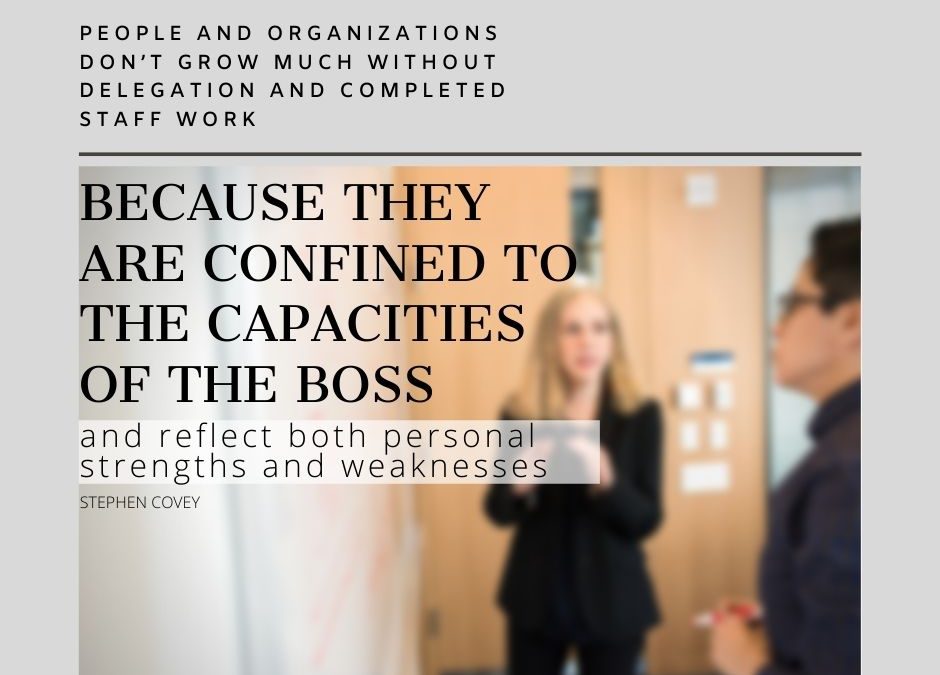
by Ace Concierge | Virtual Assistant | Jun 28, 2016 | Delegation, Leadership, Productivity, Virtual Assistant
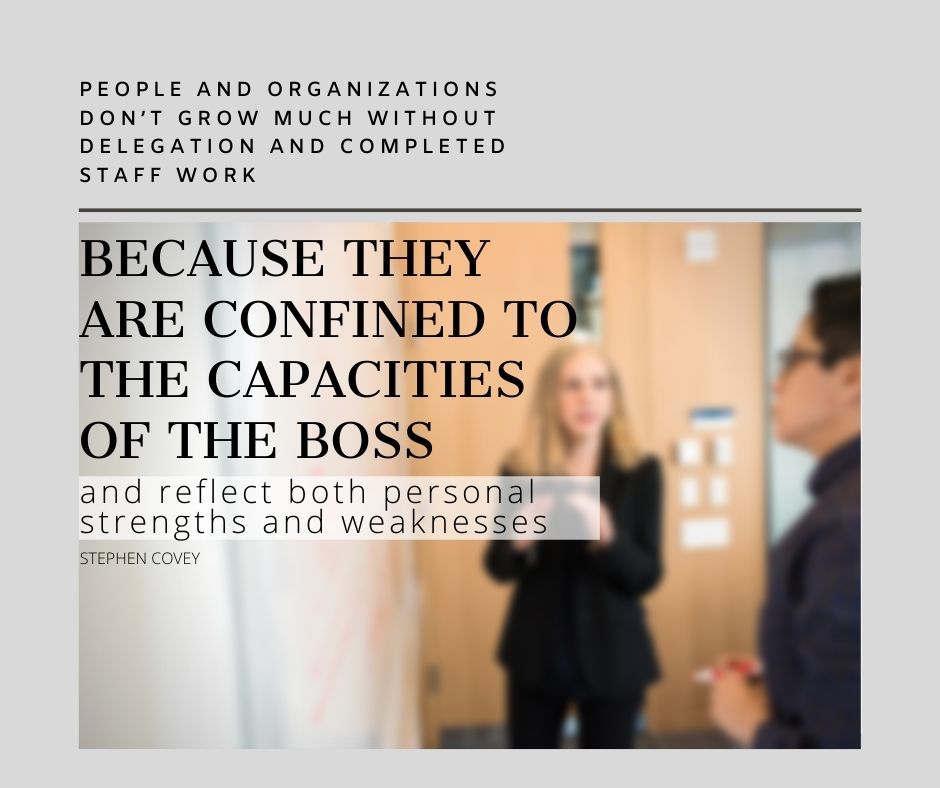
Stop Controlling and Allow Your Business to Grow
How to master the art of letting go
Many entrepreneurs face an ongoing internal battle when it comes to letting go and delegating certain tasks and projects to others. If you find yourself keeping a five finger death grip on every decision and project, you’re probably your own worst enemy.
When you first launched your startup, you needed to have your hands in everything that went on. But if your ultimate goal involves scaling your business beyond startup and into a full-fledged company, you need to master the art of letting go.
Mindfulness Over Multitasking – The Key to Success
By now, you’ve probably heard or read about the harmful effects of multitasking on just about, well, everything – including the health of your business. Multitasking doesn’t help you get more done. In reality, it causes you to scatter your focus and constantly shift mental gears. In effect, you’re working harder, certainly not smarter.
In contrast to the disaster of multitasking, mindfulness involves taking on one task, one thought, one action at a time. Not only will you perform at a higher level and make better decisions, but mindfulness can also improve your capacity to cope with change and manage stress.
But, in order to practice mindfulness in your work life, you’ve got to let go and delegate.
Why Is Letting Go so Hard?
Let go. Delegate. Why is it so hard for small business owners like you? A couple of reasons come to mind.
- Control seems to somehow give you peace of mind.
- When you’re in control, you feel free. When you relinquish control feelings of frustration and even anger may emerge.
- Control gives you a feeling of security.
Chances are, if you’re a control freak at work, you probably exhibit the same behaviors in your personal life. It all comes down to fear – fear of what might happen if you give some of the control over to another person. After all, your business is like your baby, and no one can love and nurture your baby the way you can. Wrong. It’s hard to face it, but it’s the truth.
Now that you’ve faced the cold, hard truth, it’s time to get to work at not working so much.
Kill Your Inner Control Freak to Awaken the Slumbering Leader
As your business grows, daily tasks to support operations increase as well. You take on what seems like an ever-increasing number of projects and tasks. The scope of your responsibilities widens so much; keeping up with it all becomes impossible. This can lead to overwhelm, longer hours, tightening that grip on control even more.
At this point, something has to change or you, and your baby (business), will crash and burn.
Five ways to empower yourself and others by letting go:
- Face your fear. Know that when you begin delegating, not everything will get done exactly the way you would have done it. That’s ok. In fact, by allowing others to find new ways to do things, you empower them to perform better for you and your business.
- Take an honest inventory of things only you can do. Ask yourself if someone else could complete this project with acceptable results. Ask yourself if all of your new responsibilities keep you from performing the critical, high-value activities of a business owner.
- Defer to others as often as possible. Think of deferring, as delegating is a close cousin. When you delegate, you hand off responsibilities already on your radar. Deferring involves passing tasks and work off to appropriate parties before they ever get on your to-do list. Outsourcing social media, executive administrative duties, travel planning, and similar responsibilities to a virtual assistant represent one example of smart deferral.
- Develop a reliable follow-up system. When you delegate duties that directly impact how others perceive you or your brand — such as a presentation or social media marketing campaign — it’s critical that you receive status reports on progress. You might use project management software so that you can view progress and get notified at certain milestones. Or, you could simply use a shared Google Drive task list.
- Just say no to taking back control. Paradoxically, letting go of control actually gives you better, more consistent control. You may start wavering if a final project result simply doesn’t meet your standards. You may experience frustration, anger, and the fear that makes you want to get your death-grip working again. Resist the urge. Instead, investigate what went wrong and help those who worked on the project understand what went wrong.
There’s an easy way and a hard way to everything in life. If you make yourself busier than necessary, you run the risk of trading a meaningful life for a barren existence of busy-ness. Smash the control freak and lead by delegating, instead.
“No person will make a great business who wants to do it all himself or get all the credit.” ~Andrew Carnegie










